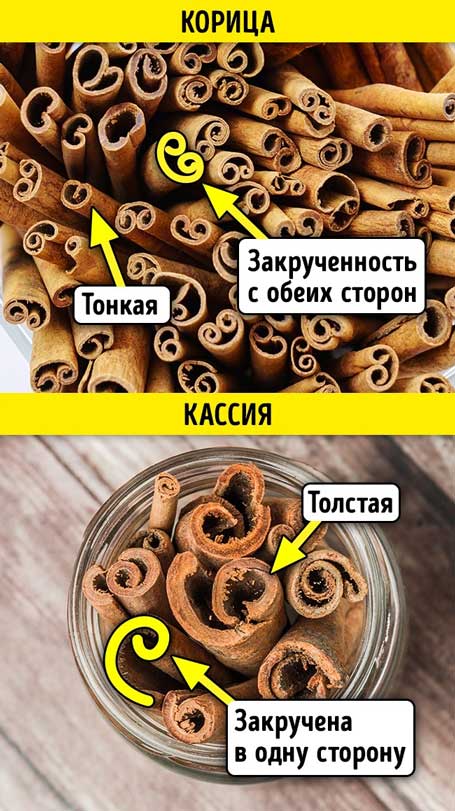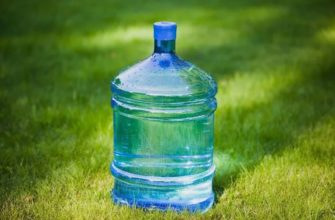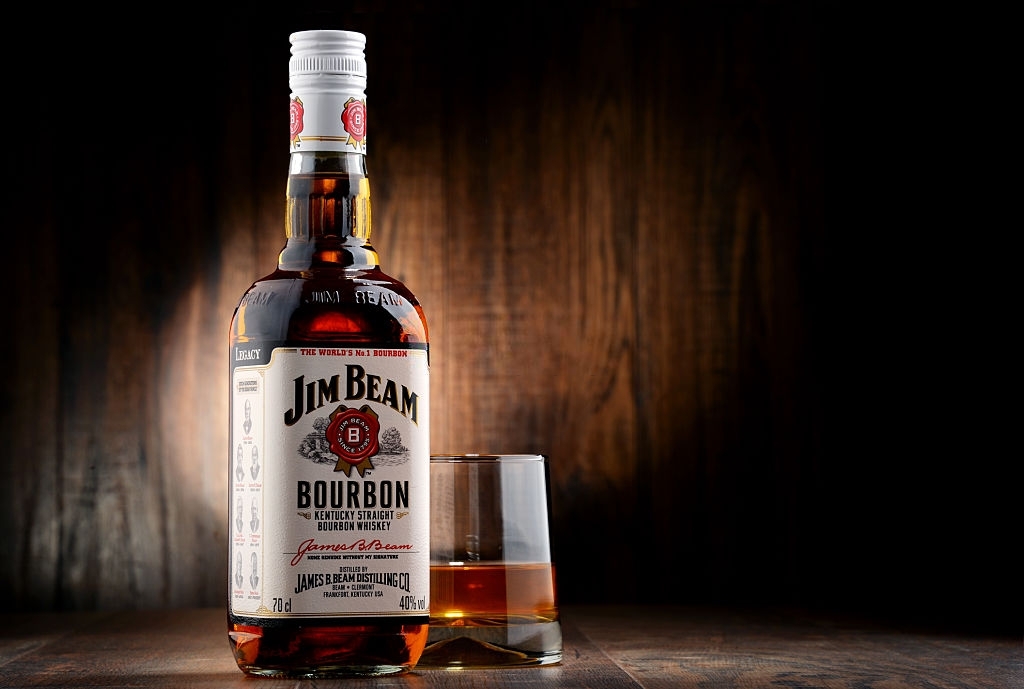Cinnamon is attractive for its aroma and taste. There are several types of spices and they differ from each other organoleptically, in chemical composition, in the method of obtaining and, ultimately, in cost. The concepts of “fake” and “natural” are common. Let's figure out in the article what is the reason for this classification and how to understand where cinnamon is real.
Купить настоящую корицу можно here
What is cinnamon
Cinnamon is a fragrant spice with beneficial properties. There are several hundred cinnamon trees in the world, but not all are suitable for use.
Man uses 4 types. Depending on the region of growth, there are:
- Ceylon;
- Chinese;
- Indonesian;
- Vietnamese.
You can determine a specific type by appearance, aroma and taste.
Read also: how to distinguish real turmeric from a fake
Ceylon cinnamon
In Sri Lanka and Western India, a species of tree grows, from the bark of which cinnamon is obtained, which is considered classic. This is a spice that has been given the name "true cinnamon", which is not entirely true. This status is due to its Latin name Cinnamomum verum.
Ceylon natural cinnamon is part of the bark of the evergreen plant Cinnamomum zeylanicyn. This tree grows in Western India and Sri Lanka. Harvesting of spices is carried out after the end of the rainy season. At this time, the bark becomes most fragrant and is easily cut.
Read also: how to identify natural butter
It was the first to spread in Europe, because the researchers brought it there already 400 years ago.
For the production of real cinnamon, three-year-old shoots of Cinnamomum zeylanicyn are used. Only a thin inner layer of bark is used. It is cut with sharp copper knives to avoid an oxidative reaction. The resulting bark is dried in the sun and rolled into tubes.
Купить настоящую корицу можно here
Not only sticks of twisted bark go on sale. For convenience, they are crushed. Therefore, cinnamon can be found on store shelves in the form of a powder or extract. Its specific aroma is due to the presence of essential oils and compounds, such as cinnamaldehyde.
Ceylon spice contains a small amount of coumarin - only 0.02 g/kg. Therefore, it has only health benefits.
Chinese cinnamon
Chinese cinnamon cassia is a spice made from the bark of Cinnamomum aromaticum. Not three-year-old shoots are used, but plants of 7-10 years of age. The entire bark is used, not just the inside. This reduces the cost of producing spices, which is why cassia is so often found on the shelves instead of cinnamon.
In China, Indonesia and Vietnam, the spice is made from a thick layer of tree bark, simplifying the process. This type is considered lower quality and less useful. Cinnamomum aromaticum grows in China, Vietnam, Indonesia, Cambodia and Laos. Dried tree bark is coarser and thicker. It is difficult to break it by hand.
For these species, an analogue of the generalized name “cassia” was chosen. It can only be called a fake if the seller passes it off as Ceylon.

Cassia is not a fake cinnamon in its purest form, but its variety. It becomes fake only when they try to pass it off as an expensive Ceylon spice.

Cassia is worse than Ceylon spice due to the presence of a high concentration of coumarin. Its amount reaches up to 2 g/kg. Regular use of coumarin causes chronic headaches, indigestion and dizziness. Real cinnamon and cassia differ in aroma and taste.
Купить настоящую корицу можно here
cinnamon
Cinnamon is one of the most spicy types of cinnamon. The tree grows in Indonesia. The bark emits a pungent aroma and has a spicy-astringent taste. It has a whitish-beige color on the outside and a dark red inside. The spice is represented by small pieces, the size of which is up to 2 mm.
Read also: electric coffee grinder - rating
Malabar wood cinnamon
Malabar cinnamon is grown in Burma and Southwest India. The bark is very thick, which can exceed 3 mm. The color of the spice is uneven, dark brown. The spice is characterized by a weak aroma and the presence of notes of bitterness.

How to distinguish cassia from cinnamon
Купить настоящую корицу можно here
Consider how to choose a “real” spice. You need to check the product comprehensively, starting with the label and ending with the taste of the spice.
The easiest way to identify cinnamon and cassia is to look at the packaging. Honest sellers indicate the plant from which the spice is made. The Ceylon spice would be Cinnamomum zeylanicyn and the cassia would be Cinnamomum aromaticum.

Read also: how to check red caviar for naturalness?
In cheap spice options, you can often find completely third-party ingredients in the composition, for example:
- mustard;
- milk and lactose;
- cereals;
- nuts;
- eggs;
- sesame seeds;
- soy;
- celery.

The main characteristics that will help distinguish cassia from cinnamon are presented in the table.
Купить настоящую корицу можно here
| Indicator | Ceylon | Cassia |
| Name to be indicated on the packaging | Cinnamomumzeylonicum. | Cinnamomumaromaticum. |
| Appearance of sticks | Twisted in several layers. Thin walls, fragile edges. | Rough and thick, slightly curled. |
| Color | Uniform light brown. | Irregular dark brown. |
| Taste | Sweet, soft, pleasant. | Bitter, sometimes pungent. |
Powdered spices are harder to tell apart because they look identical. But the flavor will still be different. The softer it is, the better and more versatile the product for eating.
Read also: built-in electric oven - which one is better
There is a classic way to tell Ceylon cinnamon from cassia using iodine. It is necessary to drop a few drops of the solution on the powder and note the color change.
Ceylon turns blue, cassia turns blue.
It is more relevant to carry out such an experiment on the type of ground cinnamon.
In stores, cassia is most often sold, as it is cheaper than the Ceylon species. This difference is explained by the large amount of manual labor in its production.
Texture
Купить настоящую корицу можно here
The surest way to tell cinnamon from cassia sticks is to look at its texture. This spice has the form of a multilayer tube. The thickness of each layer is less than 0.5 mm. The stick is brittle, so it is easy to break with your fingers.

The texture of cassia has almost no curls. The bark is very thick - more than 2 mm. It is difficult to break it by hand.
Knowledge of the shape and condition of spice sticks is important for the consumer, as it is not difficult to distinguish “real” cinnamon from “fake” cinnamon by them.

Real and fake cinnamon differ in kink. The original consists of the thinnest strips twisted into multilayer tubes.
A fake can only have a layer of real cinnamon on the outside. Inside, fraudsters often place pieces of cassia or the hardened outer bark of Cinnamomum zeylanicyn.
The technology for obtaining Ceylon cinnamon includes several stages:
- The surface layer of the bark is cut off.
- Carefully cut out the middle, without affecting the deep inedible layers.
- The extracted part is twisted by hand and dried in the sun.
On a section of a dried stick, several curls of a thin layer of bark are visible. It is easy enough to break, and the edges may crumble. The thickness of the bark layer does not exceed 1 mm.
Купить настоящую корицу можно here

To obtain cassia, the top layer of the bark is not cut off, so the dried stick has practically no curls. It is dense, it is difficult to break it by hand. Rolling strips of various thicknesses are obtained from different types of trees. For example, from the bark of trees from India - 3 mm, Chinese - 2 mm.
Read also: how to distinguish lavazza coffee from forgery

Taste and aroma
Depending on the origin of the spice, there are differences in aroma and taste. Cassia is bitter and smells sharp, except for Chinese cinnamon (it is softer than others in aroma and taste). Ceylon spice is the most pleasant and sweet.
Flavor and aromatic qualities of cinnamon determine the final taste of the dish prepared with it.
Ceylon is suitable for most desserts, gives a special taste and aroma to coffee. Cassia can be used to prepare spicy dishes, mulled wine.
In some types of needlework, cinnamon paint is used. Cassia is not suitable, as the aroma quickly becomes unpleasant and disappears.

How to tell the difference between cinnamon and cassia powder
The difference between cinnamon and cassia is more noticeable when they are in the form of a stick. Fake powder is much easier. Iodine will help to identify a fake. Testing the reaction with it is a reliable way to distinguish cinnamon from cassia powder. The sequence of the chemical experiment is presented below.
Купить настоящую корицу можно here
Pour a small amount of powder onto a clean surface, such as a plate.

Cassia and Ceylon cinnamon do not absorb iodine well. Therefore, the powder must be leveled or a recess made in it. This will prevent a drop of iodine from rolling off the pile.
Drop iodine.

Wait a little time. Real cinnamon will react slightly, so the iodine will turn a little blue, but not dark. Cassia as a result of a chemical reaction will acquire a black-blue color. The reason for this is the large amount of starch.

The revealed fake will look like this

Купить настоящую корицу можно here
A similar method of how to distinguish real cinnamon from cassia is valid not only for powder, but also for sticks. However, the result of a chemical reaction will not be so pronounced. Therefore, sticks are best checked by examining curls and texture.
There is another way to identify fake cinnamon. To do this, you need to add spice to coffee. Real natural spice blends evenly with coffee grounds. The fake powder will become starchy and form a sticky slime.

Harm and benefit
Cinnamon trees contain the substance coumarin, which in large doses causes dizziness and headaches. Its concentration is higher in cassia, however, side effects appear only when a very large amount of spice is consumed. In small quantities, coumarin has very little effect on the state of the body.
If you need to use cinnamon for medicinal purposes, you should choose the “real” one.

Application
Купить настоящую корицу можно here
The spice is used in:
- cooking;
- medicine;
- perfumery.
For cooking, Ceylon is more valued. It is added to desserts, chocolate, liquor. In eastern countries, it is used to prepare spicy lamb and chicken dishes. The tradition of adding cinnamon or sometimes cassia to cereals and fruits comes from America. Consumers choose the type of spice depending on their taste preferences.

Nutritional value and vitamin composition of cinnamon
| Nutritional value of cinnamon | ||
| squirrels | 3.99 g | |
| fats | 1.24 g | |
| carbohydrates | 27.49 g | |
| water | 10.58 g | |
| alimentary fiber | 53.1 g | |
| Vitamin composition | ||
| Vitamin A | 15 mcg | Improves the condition of the skin and mucous membranes, vision, participates in the formation of bone tissue. |
| Lycopene | 15 mcg | Promotes the elimination of toxins. |
| Vitamin B1 or thiamine | 0.022 mg | Converts carbohydrates into energy, normalizes the functioning of the nervous system, improves bowel function. |
| Vitamin B2 or riboflavin | 0.041 mg | Improves metabolism, protects mucous membranes, participates in the formation of red blood cells. |
| Vitamin B4 or choline | 11 mg | Regulates metabolic processes in the body. |
| Vitamin B5 or pantothenic acid | 0.358 mg | Participates in the oxidation of fatty acids and carbohydrates, improves the condition of the skin. |
| Vitamin B6 or pyridoxine | 0.158 mg | Helps fight depression, strengthens the immune system, promotes hemoglobin synthesis and protein absorption. |
| Vitamin B9 or folic acid | 6 mcg | Promotes cell regeneration, participates in protein synthesis. |
| Vitamin C or ascorbic acid | 3.8 mg | Promotes the formation of collagen, wound healing, strengthens the body's immune system, restores cartilage and bone tissue. |
| Vitamin E | 2.32 mg | Protects cells from damage, removes toxins. |
| Vitamin K | 31.2 mcg | Participates in the process of blood clotting. |
| Vitamin PP, or nicotinic acid | 1.332 mg | Normalizes cholesterol levels, regulates lipid metabolism. |
For medicine and aromatherapy, extract and essential oil are of value. They have been proven effective against colds. Cinnamon oil is also used in some warming ointments.
The essential oil is used in the perfume industry to create oriental scents.
Купить настоящую корицу можно here
Video - how to distinguish cinnamon from cassia
What to do if you sold a fake?
Where to go if you sold a fake?
Discover!


















To my shame, I have never heard of Cassia. What if I ate cassia instead of cinnamon all my life? What if it tastes even better?
A few years ago I bought “cinnamon” on the market (as I now understand, cassia at best). A piece of the bark of some tree. Thick, slightly reminiscent of the smell of something sweet. Now I only take ground in bags in the store. Thank you.
Cassia is poisonous! It's added to rat poison! Look inet?
I heard that in Denmark there is an unusual tradition: if on the 25th birthday the birthday boy has not yet managed to tie his life with family ties, then he is sprinkled with cinnamon abundantly))) And of course the article is interesting, I myself personally buy cinnamon in the market from spice sellers and they they swear to me by showing a package with the inscription CINNAMON that it is she!!! But in terms of taste and general sensations, there is clearly no sweetness and aroma that are attributed to real cinnamon. Obviously cassia, and the price is ridiculous)))
A good spice, we often use it in culinary business. To be honest, I first heard about cassia from this article, because we usually buy ground cinnamon. And it seems that they have never come across a fake, pah-pah. Now we will know how to choose cinnamon, not cassia.